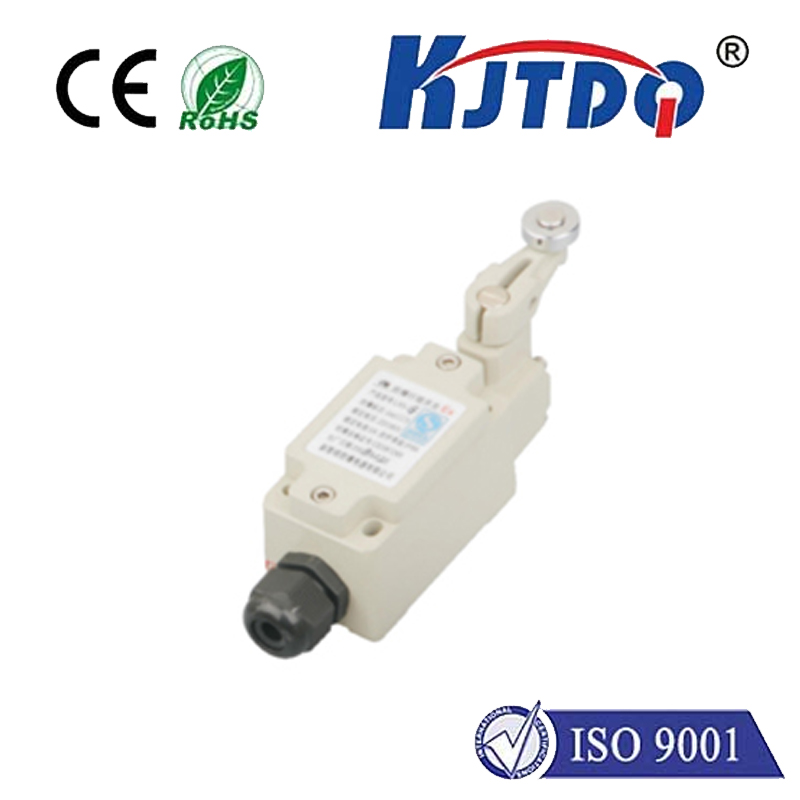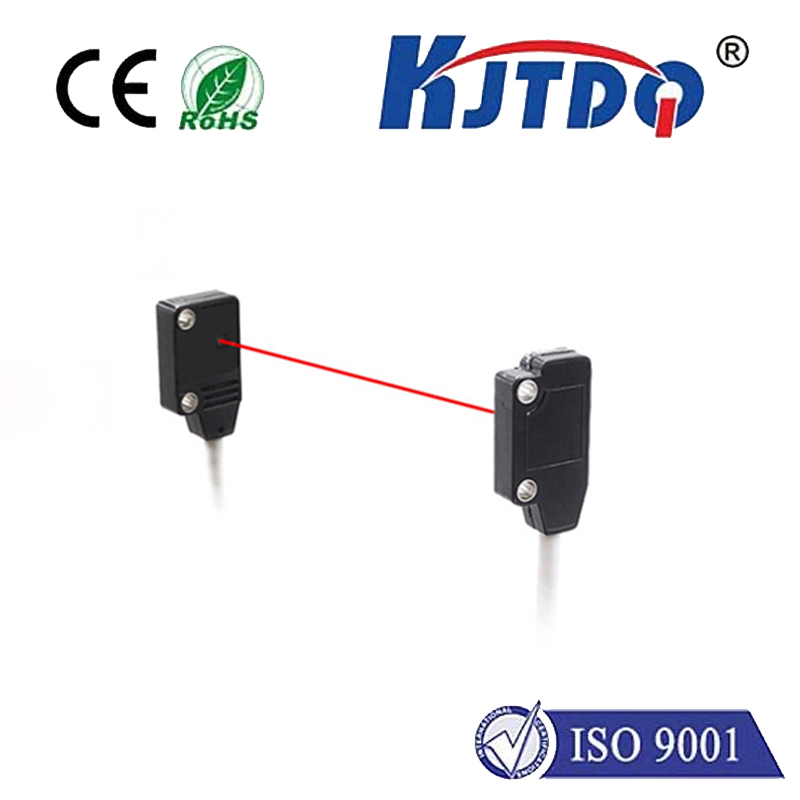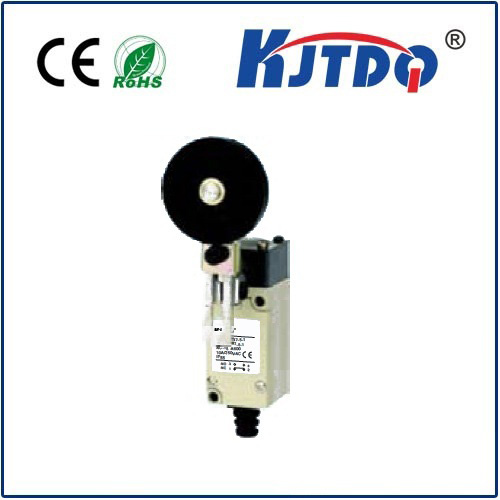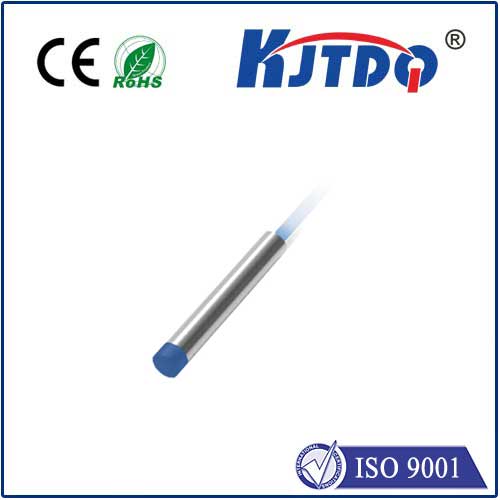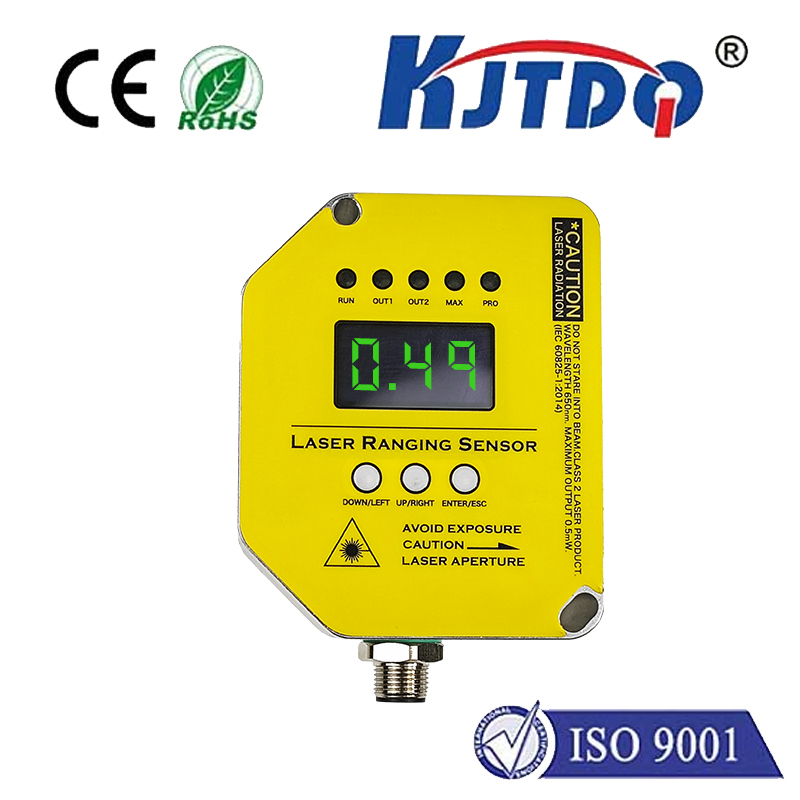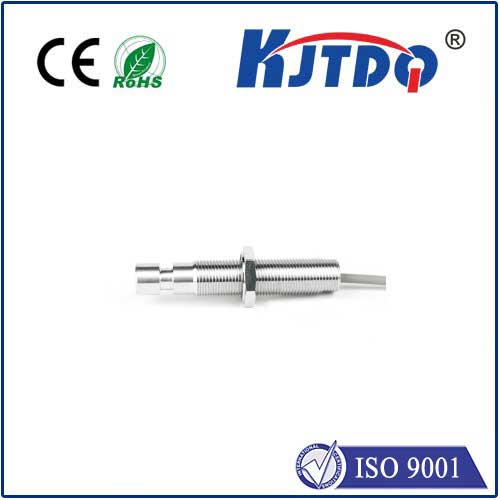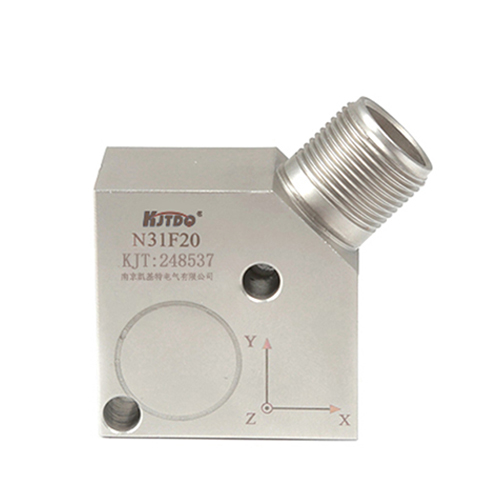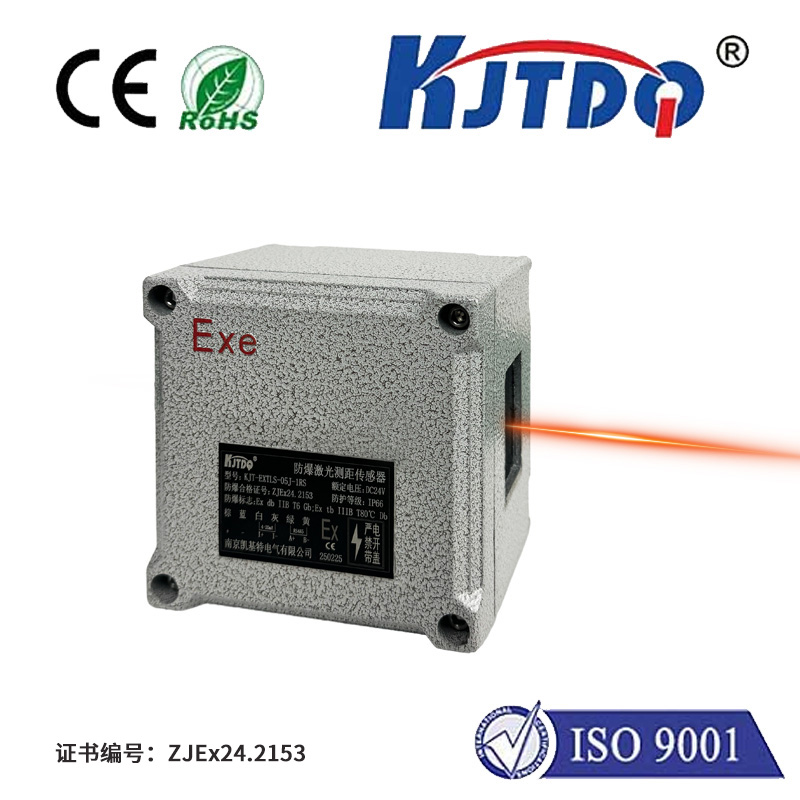Фотоэлектрический датчик m18
- time:2025-07-26 02:28:00
- Нажмите:0
M18 Photoelectric Sensor: The Unsung Hero of Precise Industrial Detection
In the intricate choreography of modern manufacturing and automation, countless components work unseen to ensure smooth operation. Among these vital players, the M18 photoelectric sensor stands out as a remarkably reliable and compact sentinel. Often overlooked due to its size, this powerhouse plays a critical role in verifying presence, measuring distance, counting objects, and controlling processes with impressive speed and accuracy. Understanding its capabilities reveals why it remains a cornerstone technology in diverse industrial settings.
Why Size Matters: The M18 Advantage
The designation “M18” refers explicitly to the sensor’s cylindrical 18mm diameter housing. This standardized size is far from arbitrary; it offers significant practical benefits:
- Space Efficiency: In crowded control panels, machinery, or conveyor lines, real estate is precious. The compact M18 form factor allows for installation in extremely tight spaces where larger sensors simply wouldn’t physically fit.
- Versatile Mounting: The cylindrical shape lends itself to easy and secure mounting using readily available M18 mounting nuts or brackets. This simplifies integration and reduces installation time. Adjustability is often straightforward for precise beam alignment.
- Standardization: The M18 size has become an industry standard. This means interchangeability between different manufacturers (within functional specifications), easier sourcing of replacements, and a familiar format for technicians.
How the M18 Photoelectric Sensor “Sees” the World

Regardless of its physical size, an M18 photoelectric sensor operates on a fundamental optical principle: it emits a beam of light (typically visible red, infrared IR, or laser) and detects changes in the received light signal caused by an object interrupting or reflecting that beam. The core functional types housed within the M18 cylinder include:
- Through-Beam (Opposed Mode):Характеристикиseparate emitter and receiver units. The emitter sends a continuous beam directly to the receiver. An object is detected when it breaks this beam path. Renowned for the longest sensing ranges and high reliability in challenging environments.
- Retroreflective: Uses a single housing containing both emitter and receiver. The emitted beam is directed towards a specially designed reflector. The beam bounces back to the receiver. Detection occurs when an object interrupts the beam’s path to the reflector or back. Offers simplified wiring compared to through-beam while still achieving good range.
- Diffuse (Proximity Mode): Also housed in a single unit, it relies on detecting the light diffusely reflected back from the target object itself. The emitter and receiver are angled within the sensor head. Detection range is generally shorter and highly dependent on the object’s color, size, and surface texture (light-colored, reflective objects are detected more easily). Background suppression (BGS) variants significantly improve performance by focusing detection within a very specific distance zone, ignoring objects beyond it.
- Fiber Optic Compatible: Some M18 sensors feature a fiber optic head, allowing the actual sensing point to be relocated via flexible light guides. This is invaluable for detecting objects in high-temperature zones, hazardous areas, or confined spaces inaccessible to the sensor body.
The Engineered Muscle Within: Key Features & Strengths
Beyond its convenient form, the M18 photoelectric sensor packs robust performance tailored for industrial demands:
- Rugged Durability: Typically constructed from nickel-plated brass or high-grade stainless steel with IP67 or IP69K ingress protection ratings, M18 sensors resist dust, water jets, and high-pressure washdowns essential for food & beverage, pharmaceutical, and harsh factory environments.
- Environmental Robustness: Engineered to perform reliably despite challenges like ambient light interference (achieved through modulated light signals), vibrations, exposure to common washdown chemicals, and wide operating temperature ranges (often -25°C to +70°C or better).
- Sensing Range: While dependent on the type and specific model, M18 sensors offer surprisingly capable ranges – diffuse sensors up to ~1m or more, retroreflective versions several meters, and through-beam setups potentially exceeding 10m.
- Fast Response Times: Capable of detecting objects at high speeds, often with response times in the sub-millisecond range, making them ideal for counting rapidly moving items on production lines.
- Multiple Output Options: Equipped with outputs like PNP (sourcing), NPN (sinking), or relay contacts to seamlessly interface with PLCs (Programmable Logic Controllers), motor starters, counters, and various other control systems. Configurable operation modes (Light/Dark ON) are standard.
- Visual Indicators: Bright LEDs provide immediate feedback on power status, object detection, and sometimes operational stability, aiding immensely in installation, troubleshooting, and maintenance.
Where the M18 Photoelectric Sensor Shines: Ubiquitous Applications
The combination of small size, robustness, reliability, and versatility makes the M18 photoelectric sensor incredibly widespread:
- Packaging & Material Handling: Detecting product presence on conveyors, counting bottles/cans/cartons, verifying box flaps are closed, controlling filling levels (via fork sensors), monitoring pallet height, and triggering label applicators.
- Automotive Manufacturing: Verifying part presence in assembly jigs, detecting components on robots, confirming door/window closure, monitoring fluid levels, and position sensing in automated welding cells.
- Food & Beverage Processing: Detecting containers on fillers/cappers (often with hygienic designs), confirming labels, sensing product in processing equipment (using washdown sensors), jam detection, and case packing verification.
- Machinery & General Automation: Position sensing for cylinders and slides, end-of-stroke detection, verifying tool change completion, detecting presence of materials in hoppers, part positioning in CNC machines, and safeguarding safety light curtains.
- Electronics Assembly: Verifying component placement on PCBs, detecting tiny parts in feeders, ensuring proper insertion of connectors, and monitoring solder paste application.
Choosing the Right M18 Photoelectric Sensor
Selecting the optimal M18 sensor requires careful consideration:
- Detection Task: Through-Beam, Retroreflective, or Diffuse (standard or background suppression)? What is the required sensing range?
- Target Characteristics: What is the object’s size, color, material, and surface finish? How does it interact with light? (Critical for diffuse sensors).
- Environment: Exposure to dust, moisture, chemicals, temperature extremes, or intense ambient light?
- Mounting Constraints: Space limitations? Need for threaded mounting or brackets?
- Output Type: PNP, NPN, or relay required to match the control system?
- Special Features: Fiber optic capability? High-temperature rating? Special hygienic design?
The ubiquitous M18 photoelectric sensor exemplifies the principle that great capability can come in small packages. Its standardized, rugged design, coupled with reliable optical detection performance, makes it an indispensable tool for engineers and technicians. From ensuring a bottle is present before filling to guaranteeing a critical component is correctly placed on an assembly line, the M18 sensor quietly performs millions of detection tasks daily, proving itself as a true workhorse of industrial automation. Its continued evolution ensures it will remain a vital component in building smarter, more efficient factories and processes for years to come.







